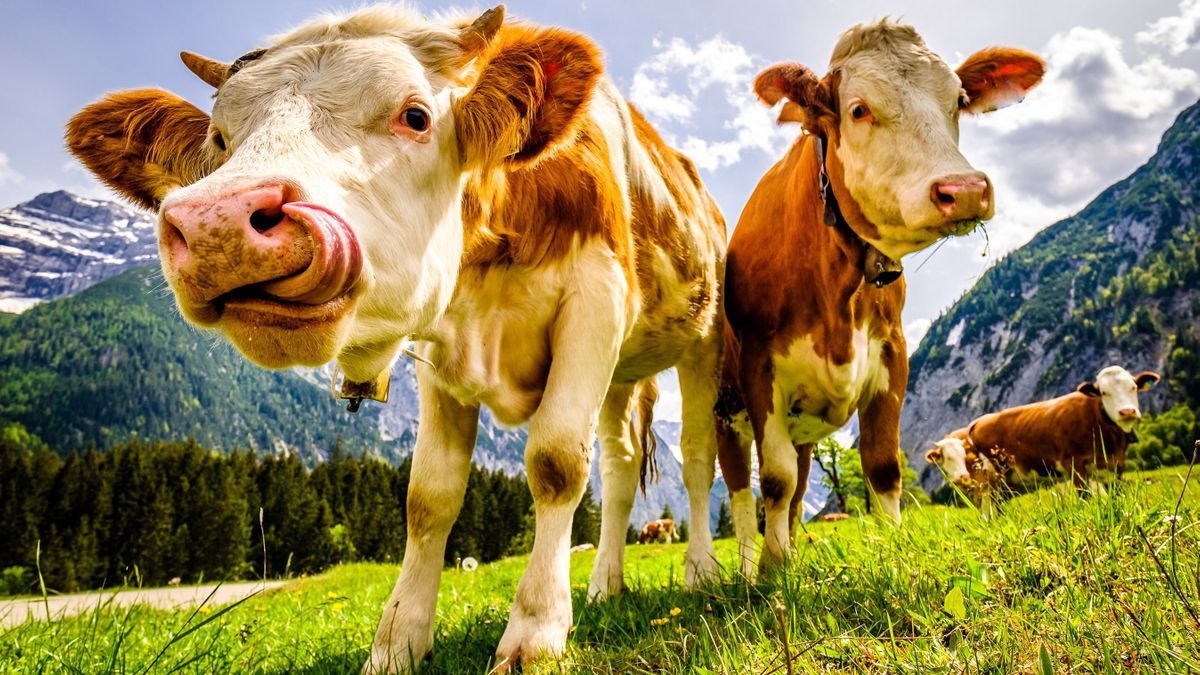
In the same way that we can know the carbon footprint of our travel by car or plane via the database set up by the Ecological Transition Agency, Ademe, we can now have a better idea of the consequences on the planet when we prefer to buy organic, or not, thanks to a calculator available free online assessing our pesticide footprint.
The carbon footprint of food
In the context of global warming that we are experiencing, the carbon footprint has become a common expression to evaluate the way in which our lifestyles impact the planet. Often, we use this indicator to measure the impact of a whole range of everyday aspects, from air travel to food waste. In terms of food, Ademe has developed a database called Agribalyse which consists of determining the environmental cost of each of the foods we eat by evaluating the entire chain from the producer to the consumer’s plate.
If the tool is very detailed, measuring for example the depletion of the ozone layer, but also the depletion of water or mineral resources, the environmental media Reporterre noticed that the database did not include the consequences of pesticide use on biodiversity. And yet, the consumption of food that has been produced from land receiving synthetic phytosanitary treatments must also raise awareness.
A pesticide footprint calculator
This is why, with the support of the Ecotone Foundation, the Solagro association specifically measured this data by developing a calculator. The latter is accessible free of charge at Empreinte-pesticides.com. Simply enter the quantities purchased of organic and non-organic fruits and vegetables in order to know the extent of agricultural areas impacted by the use of phytosanitary products. For the moment, thirty raw agricultural products have been included in the calculation, such as apricots, bananas, strawberries and even corn.
Only French production was taken into account, with the exception of oranges and olives for which Spanish data was used, due to the lack of significant crops in Europe. To provide reliable information, this calculator is based on the Adonis map which lists the frequency of pesticide use by municipality, for the year 2022.
NO to diets, YES to WW!
Objective: encourage people to consume more organic products
The result of the pesticide footprint is expressed in equivalent surface area treated per food. For example, when you buy a kilo of bananas and five kilos of non-organic melons, the tool considers that 20 m2 of agricultural land is impacted by synthetic chemical pesticides. Furthermore, when we continue with this simulation, the calculator estimates that “14 m2 could be protected by consuming organic products”. Launched this summer, this database clearly encourages people to consume more organic fruits and vegetables. The initiative is also supported by the Ecotone foundation, associated with organic giants such as the Bjorg and Bonneterre brands.
The designers of this educational tool make no secret of it and wish “encourage people to make informed choices, thus helping to preserve biodiversity and protect our ecosystem“. They thus recognize its limits, for example by not including data relating to meat, milk or eggs. Furthermore, they specify that “this calculator is based on national average values. The result obtained in equivalent surface area treated therefore represents an average pesticide footprint of the food consumed. Within the same production method (non-organic or organic), for the same food, the frequency of use of pesticides from synthetic chemistry and the yields can vary from one locality to another and ‘one year to the next“.
